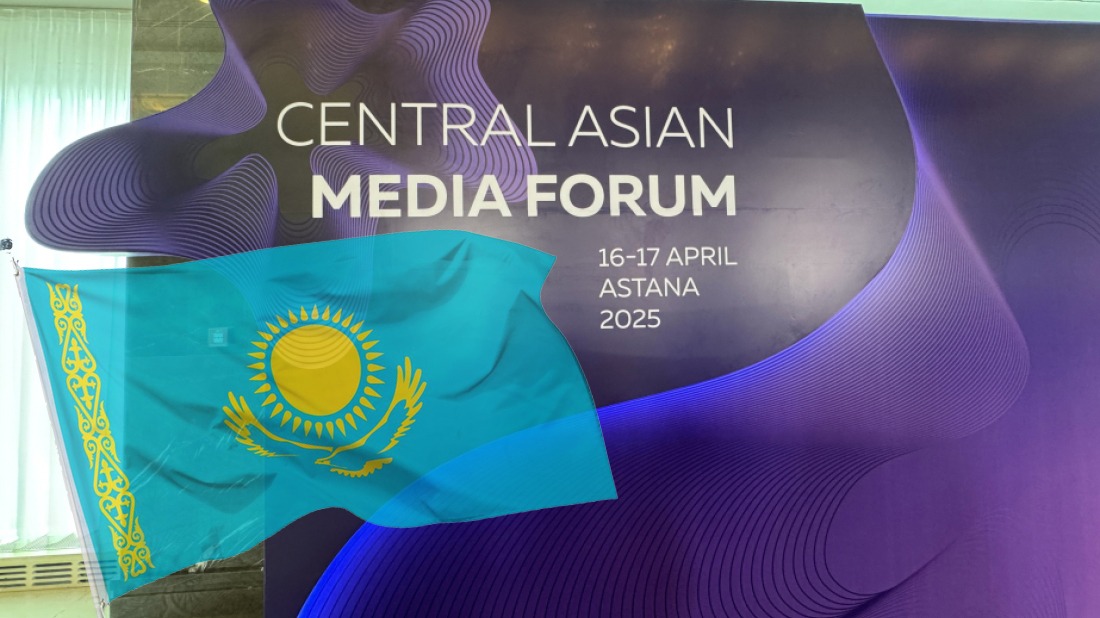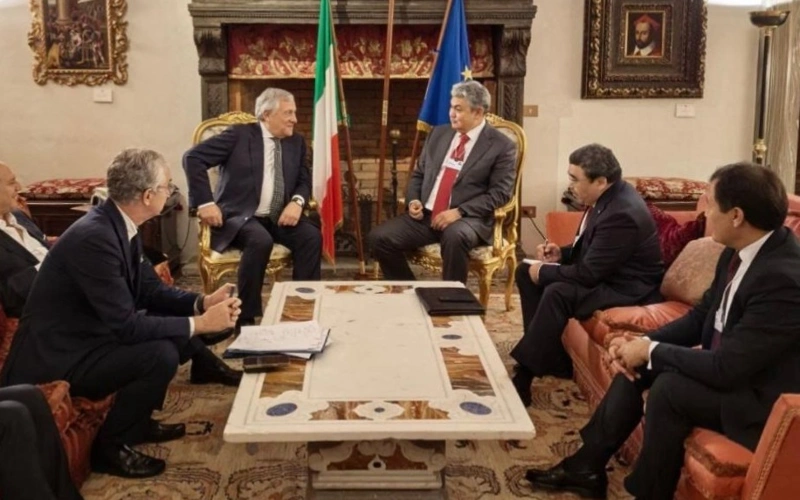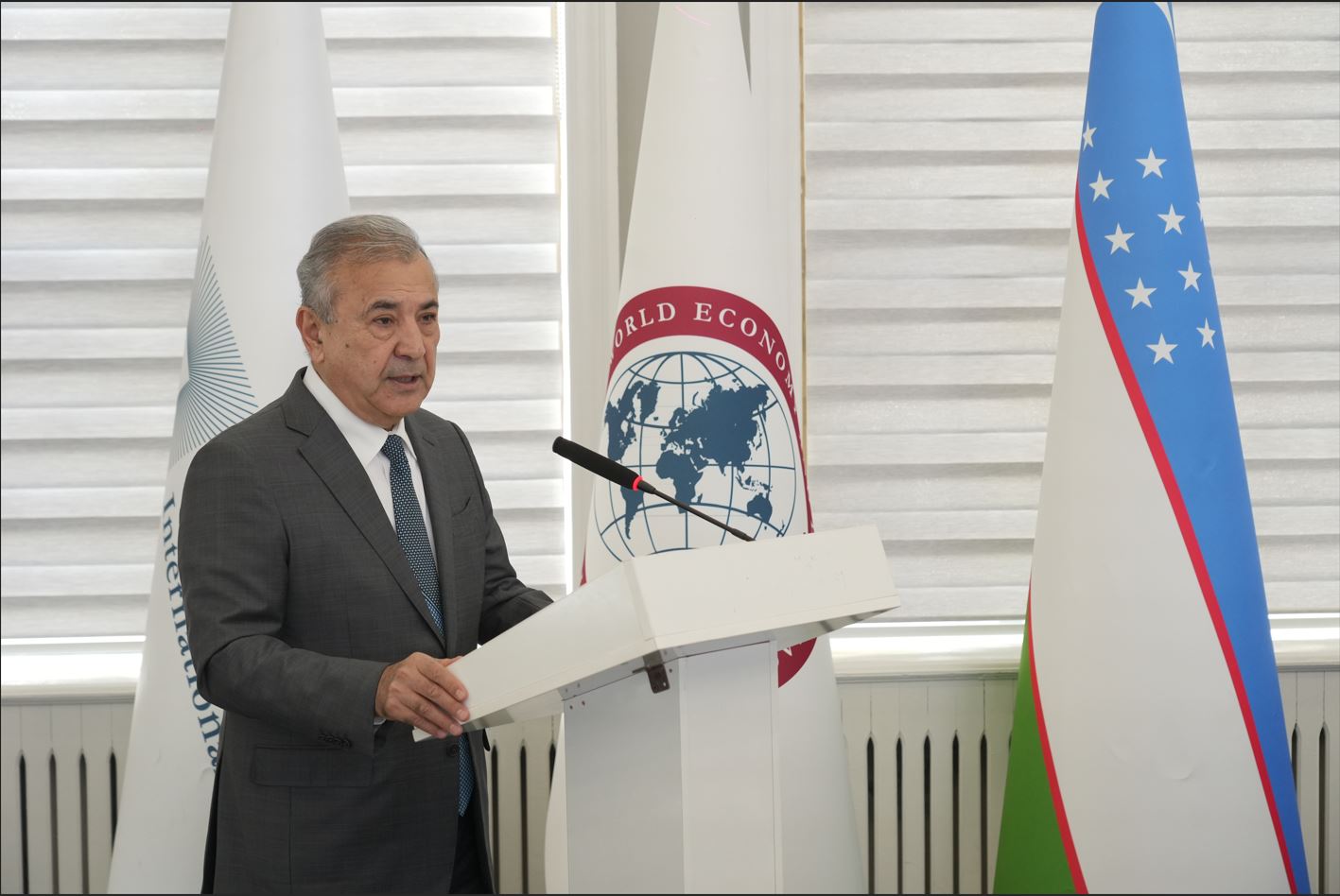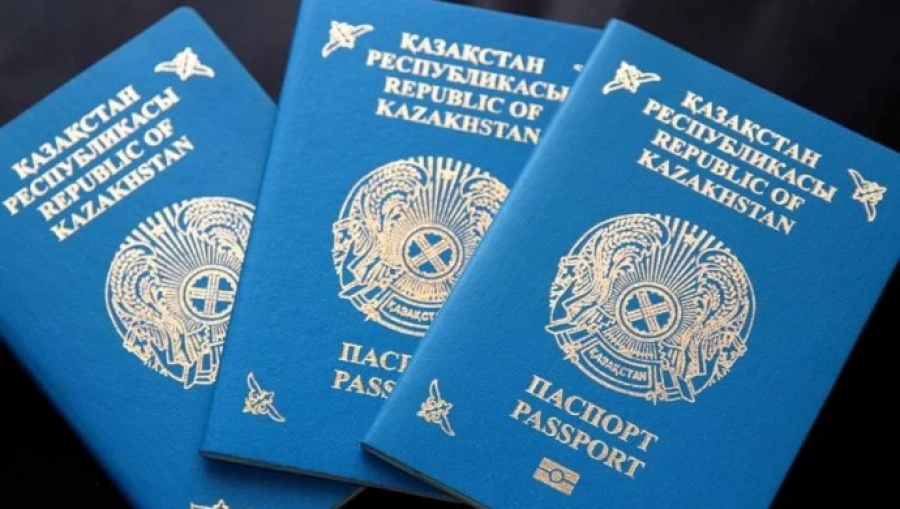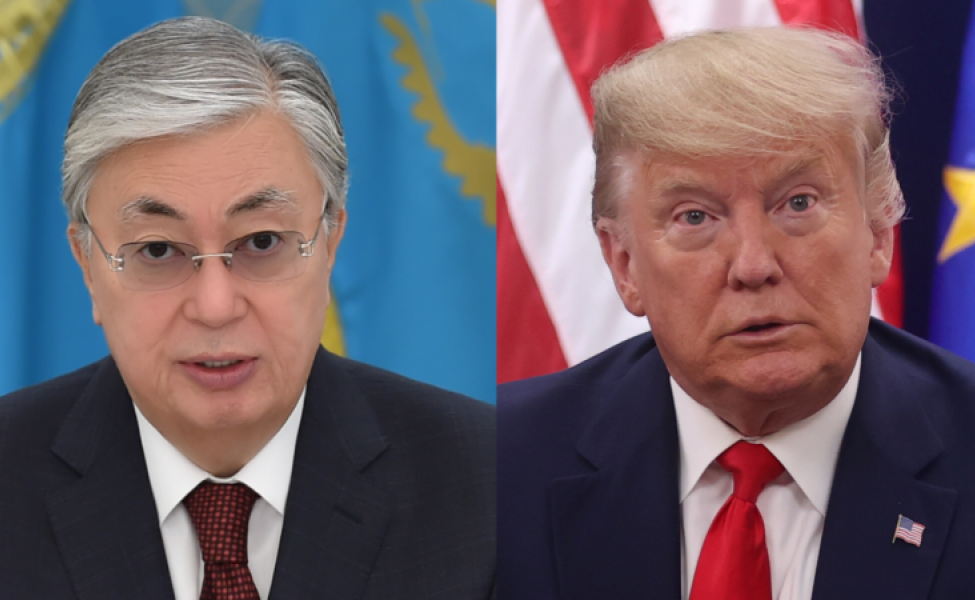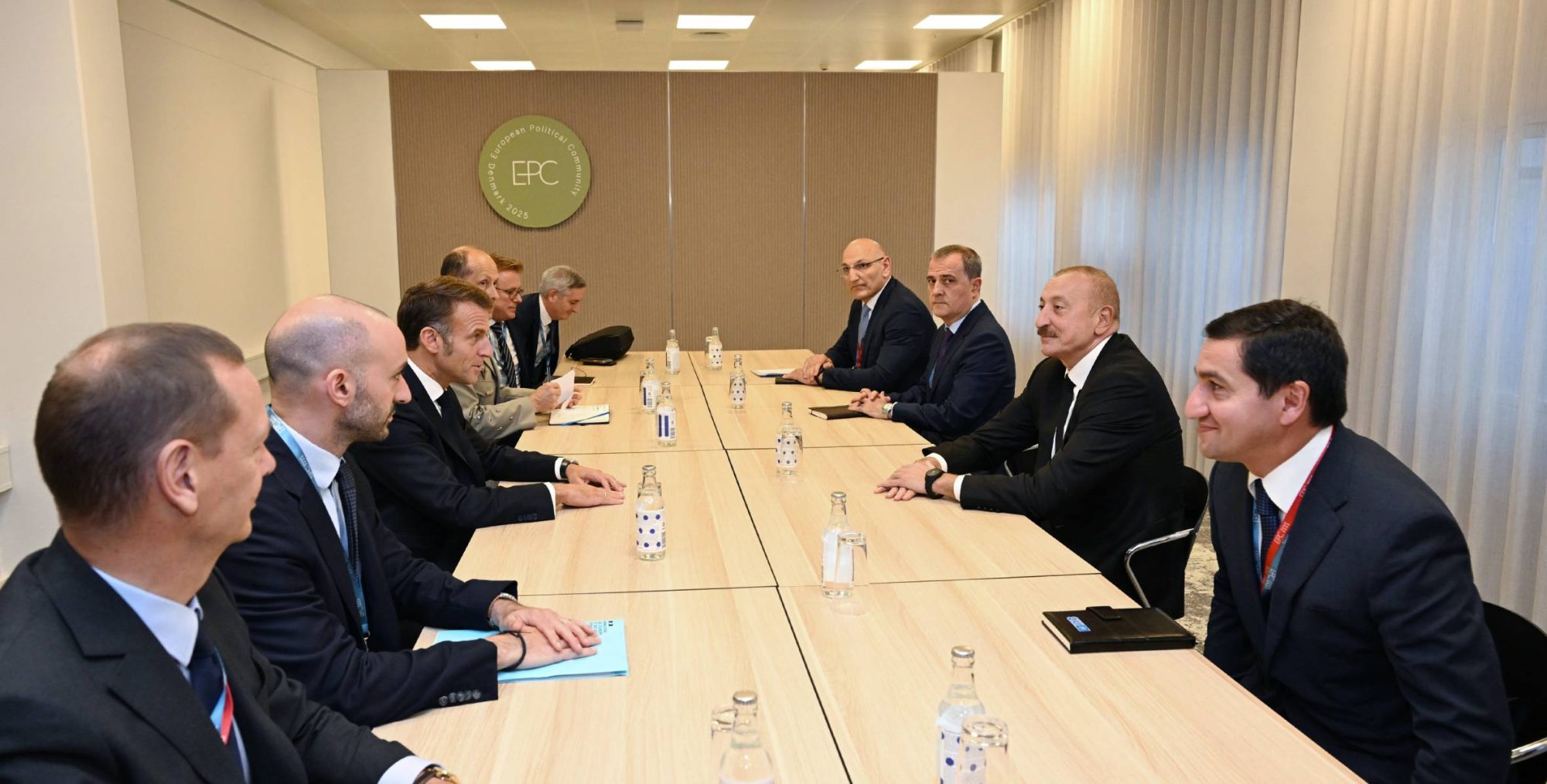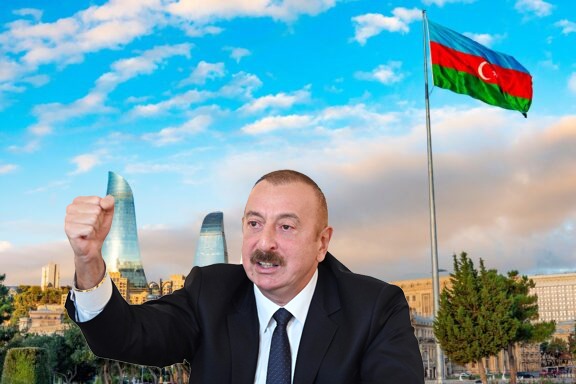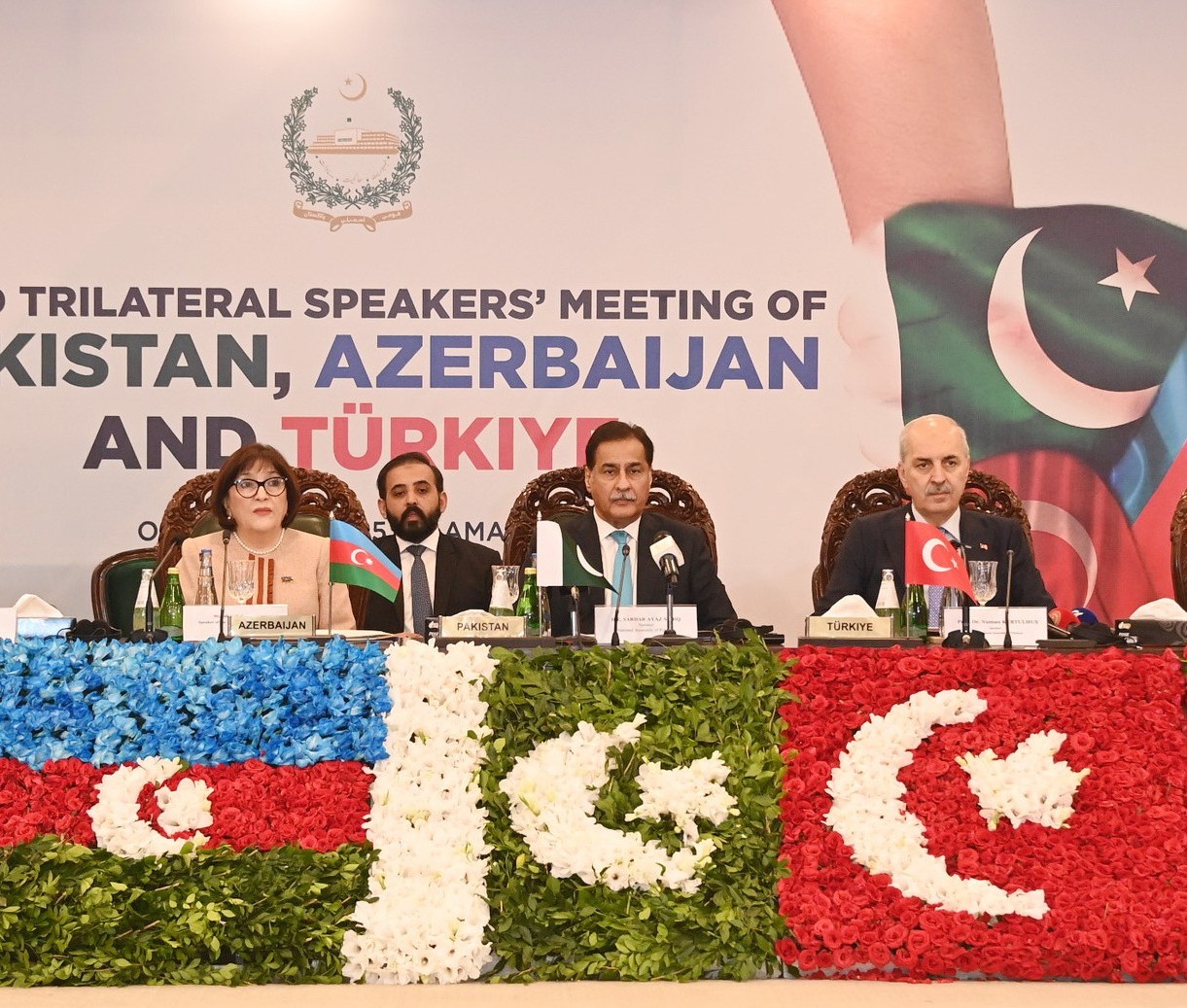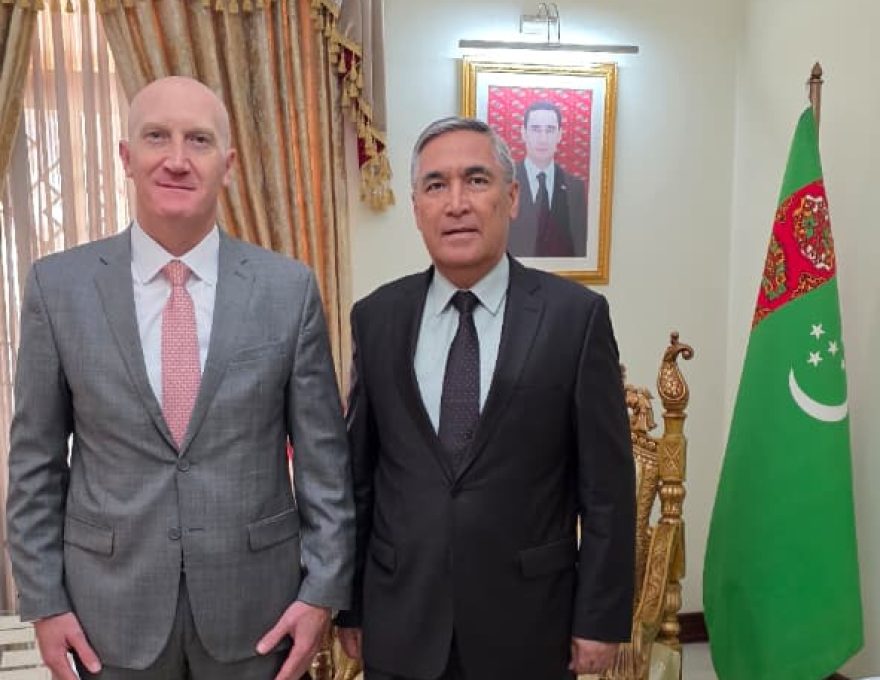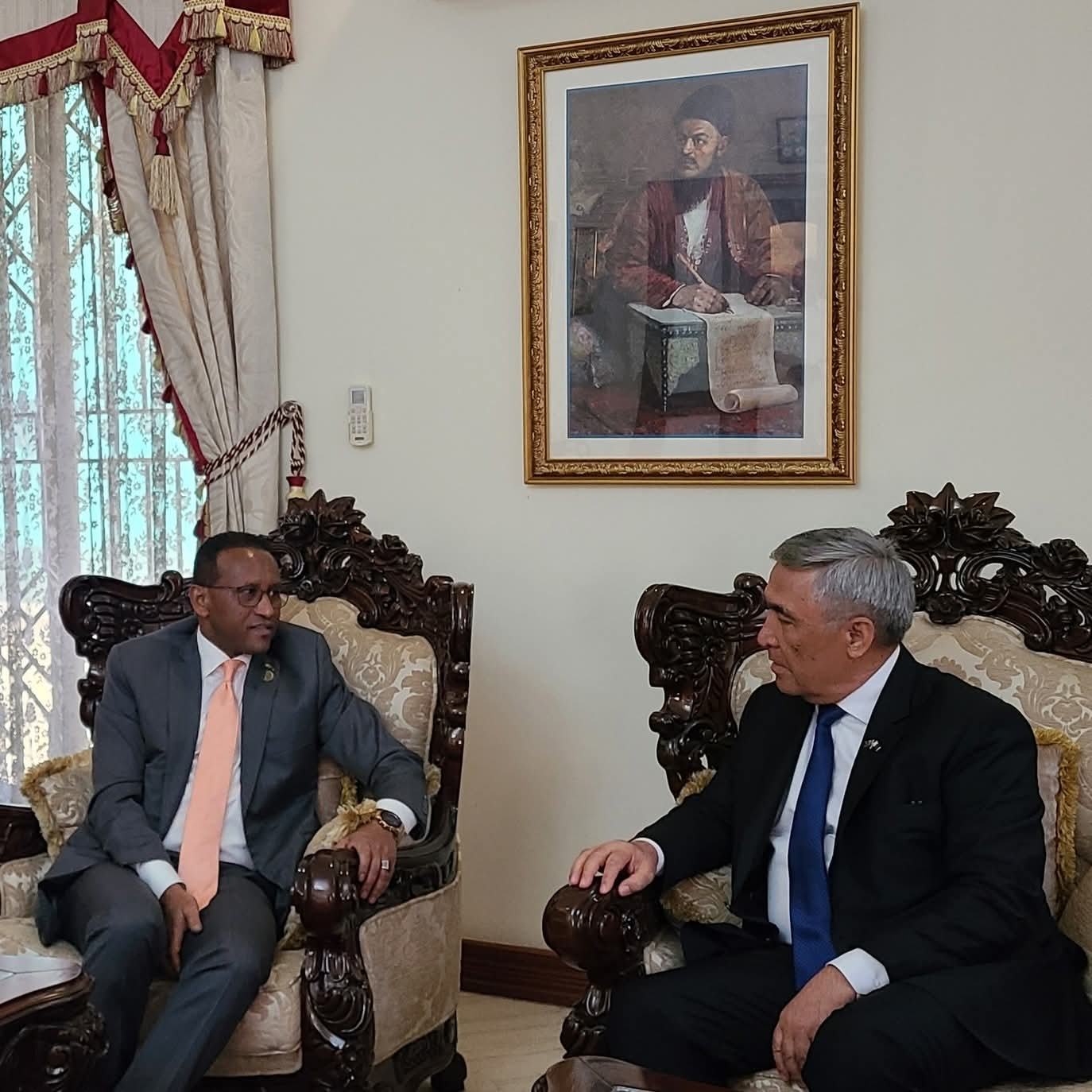In a landmark initiative to foster greater regional interconnectedness and strategic cooperation, the Second Central Asian Media Forum commenced on April 16 in Astana, Kazakhstan, bringing together over 700 media professionals, policymakers, and international experts from countries such as China, Qatar, Russia, and the United Kingdom. The two-day event, organized by Kazakhstan’s Ministry of Culture and Information, is held under the theme “Central Asia in the Era of Global Challenges: Media as a Tool for Strategic Development.”
It has laid the foundation for a unified Central Asian media platform that could reshape the region’s information architecture. The forum addressed the urgent need for stronger regional media cooperation amid mounting global challenges. At its core, the forum revolved around one transformative idea: a unified Central Asian media platform to foster integration, amplify regional voices, and combat common threats such as misinformation and digital manipulation.
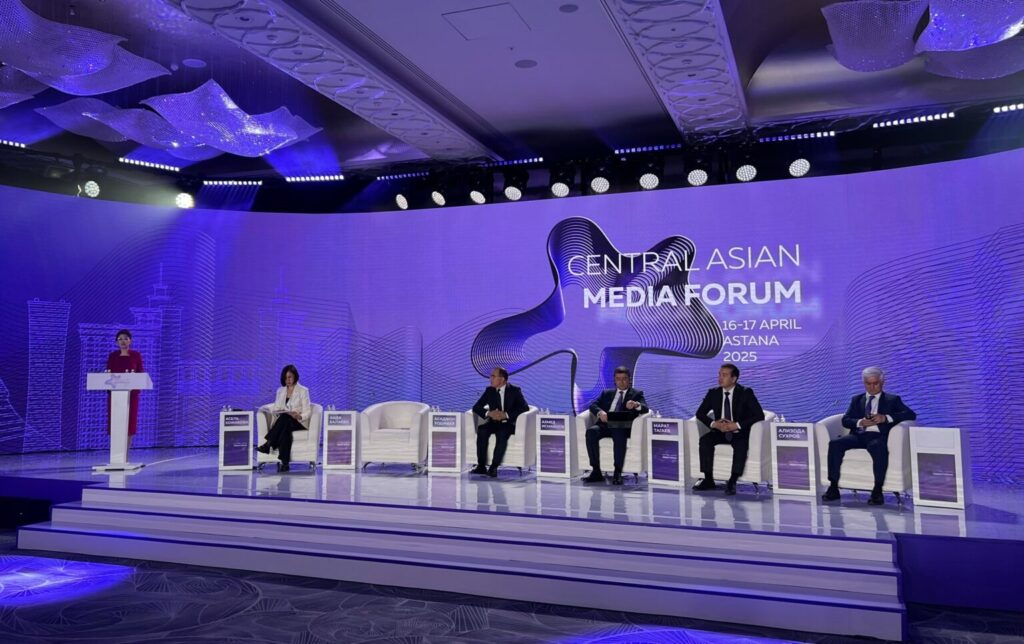
The Vision for a Unified Media Platform
At the heart of the forum was a visionary proposal for the establishment of a unified Central Asian media platform, possibly culminating in a regional television channel. Kazakhstan Minister of Culture and Information Aida Balayeva emphasized the need for enhanced media cooperation, citing the platform’s potential to amplify the region’s voice on the global stage. Central Asia is no longer just a strategic bridge between East and West but a thriving hub of trade, investment, cultural exchange, and regional identity.
The idea of a joint media platform emerges in response to growing concerns over information security, external influence, and fragmented narratives in the region. A shared media space would allow Central Asian countries to coordinate messaging, reinforce national and regional identities, and promote cultural unity. His announcement of initiatives like the Central Asian Academy of Journalism and regional educational programs signals a long-term commitment to media development as a cornerstone of strategic growth.
Media as a Tool for Regional Cohesion
Speakers throughout the forum highlighted how a unified media environment could become a foundation for regional integration. They underscored that cooperation in media is not only essential for combating fake news and foreign misinformation but also crucial for shaping regional narratives that reflect a broader understanding. Media is no longer merely a channel of communication but a force multiplier in nation-building, regional diplomacy, and resilience.
They also stressed ethical journalism, trust-based media cooperation, and joint investigative efforts, points toward the region’s desire to create a space of credible information dissemination. This media platform, built on mutual trust and a cross-border vision, could counter divisive external narratives while promoting peacebuilding and informed public discourse. The platform would also safeguard against the perils of misinformation and political polarization through institutionalization of ethical standards and media literacy campaigns.
Youth, Digital Transformation, and Strategic Communication
One of the key challenges facing Central Asia is its youthful demographic. Asadjon Khodjayev, director of Uzbekistan’s Information and Mass Communications Agency, highlighted that nearly 60% of the region’s population is under 30. This demographic reality demands a forward-looking digital strategy to effectively engage young audiences, prevent radicalization, and foster a sense of regional identity. He calls for systematic, coordinated communication strategies and underlines a critical point: the information vacuum among youth can be exploited if regional actors fail to assert a constructive media presence. He also praised Kazakhstan’s regulatory progress in creating a safe digital environment, proposing that such frameworks be studied and potentially adopted across the region. The plan for the “Central Asia 2040” initiative ties media development to broader strategic planning. The inclusion of media cooperation within such long-term frameworks elevates its importance from a secondary policy area to a strategic pillar of regional development.
Navigating the Double-Edged Sword of AI
The forum also addressed the transformative and potentially dangerous role of artificial intelligence in the media ecosystem. Kyrgyz Vice Minister Marat Tagayev spoke at length about AI’s dual nature, praising its potential for efficiency while warning against its misuse in generating deepfakes, disinformation, and cybercrime. This theme resonated with growing global concerns over AI ethics and regulation. Educating the public in critical thinking and fake news detection is now a vital security measure. A regional media platform would serve not just as a content hub but as a training ground for responsible digital engagement, ethical journalism, and technological governance.
Moreover, a unified platform could develop shared protocols for AI in journalism, establish regional watchdogs for content verification, and support regional cybersecurity frameworks, thereby preventing malicious manipulation of information.
Strengthening Broadcast Infrastructure and Media Exchange
Speakers also proposed tangible steps to bolster regional broadcast infrastructure. His proposals, such as joint media projects, professional development seminars, and press service collaboration, are practical tools to realize the vision of unified media. Such cooperation would enable Central Asian broadcasters to pool resources, share high-quality content, and ensure rapid response to regional developments. Broadcasting partnerships could also play a diplomatic role. For example, multilingual content and regionally themed programs could foster mutual understanding among ethnically and linguistically diverse populations.
The second Central Asian Media Forum demonstrated it is an active catalyst for regional integration. Perhaps the most actionable outcome of the forum is the renewed push to launch “Central Asian TV.” This channel would represent the first concrete step toward creating a unified information ecosystem. It will function as both a public broadcaster and a think-tank-driven content incubator, addressing everything from climate change to regional infrastructure projects and cultural heritage. The vision of a unified Central Asian media platform reflects a shift in where information flows, public perception, and digital resilience are recognized as key components of national and regional security.
The proposed initiatives, from regional journalism awards and AI ethics to youth engagement and content exchange, signal a collective awakening and strategic thinking of regional leaders to invest in shared media infrastructure, ethical journalism, and coordinated strategies.

Executive Director, Pakistan Research Center for a Community with Shared Future (PRCCSF).
